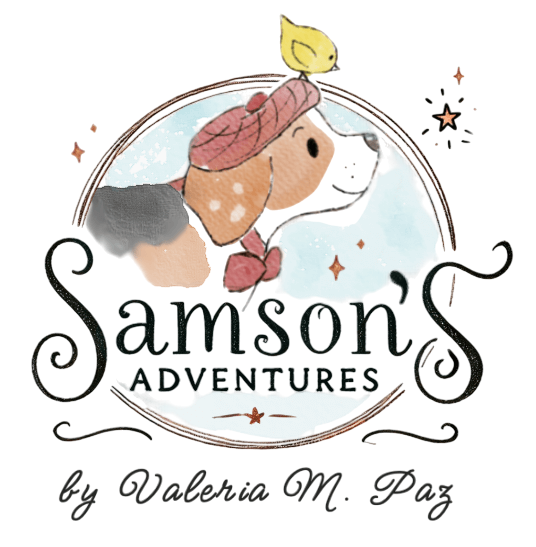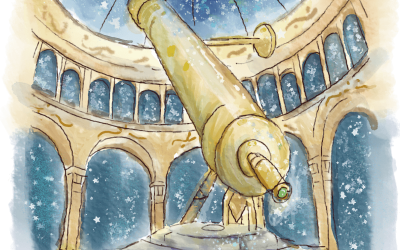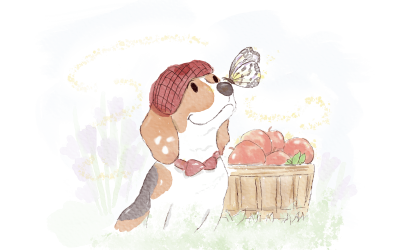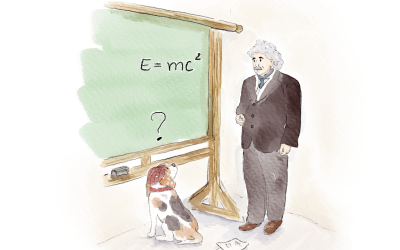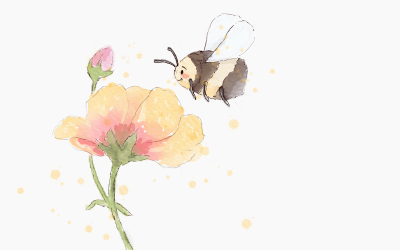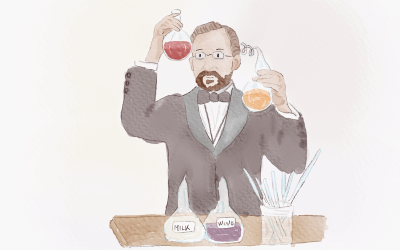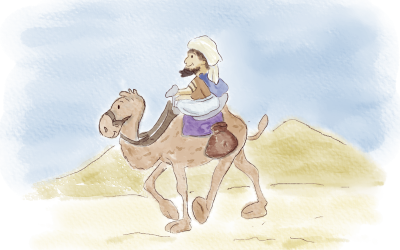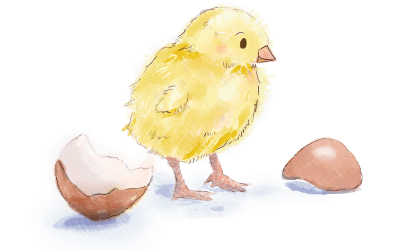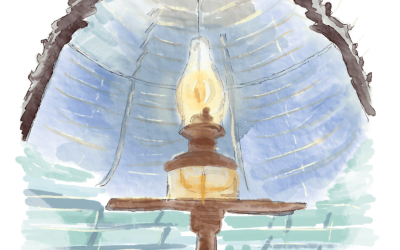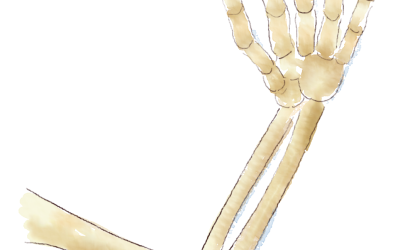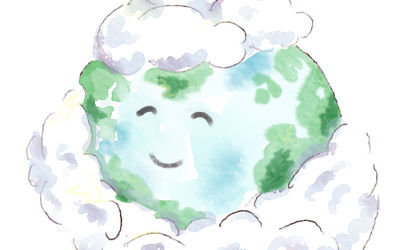Stars: the magic of the night sky
At night, the sky sparkles with tiny diamonds — each one is a star.
Come take a look. Stars do more than just glow. They keep our planet warm and guide us…
How plants get animals to help them grow
Plants are super clever about spreading their seeds far and wide. Some make colorful flowers so insects help them make seeds. Others grow fruits that animals love to eat, so they…
Albert Einstein: the genius who fast-tracked science
You might have seen pictures of Einstein with his wild hair and funny face…who would guess he was one of the smartest scientists ever? Yet he helped us understand how the universe works…
How do bees make honey?
How do bees make honey?Making honey is a busy job for bees, but they've got it down to a science! Just one bee does a tiny bit, but when lots of bees work together, they make more honey than they could ever eat. Let’s see how they do it! 1. When bees buzz into a...
Louis Pasteur: The man who made milk safe to drink
Louis Pasteur: the man who made milk safe to drinkLouis Pasteur lived from 1822 to 1895. He was born in France. Only 200 years ago, people didn’t know what made foods go bad or made them sick. That was until a French scientist, Louis Pasteur, proved that bacteria, and...
Discovering cheese: a tasty accident!
Discovering cheese: a tasty accident!Cheese was discovered by accident Scientists think cheese was discovered at least 3,000 years ago, because they found crumbs inside Egyptian tombs. No one knows who invented cheese, but one legend tells of an Arabian merchant...
How chicks are born: from egg to peeping fluff
How chicks are born: from egg to peeping fluffChicks start life inside an egg First, a mommy chicken grows tiny eggs inside her body. We call her a hen. Hens can lay eggs all year long, but something special happens if a rooster is around. A rooster is a daddy...
Lighthouses use one tiny lightbulb
Lighthouses use one tiny lightbulb Lighthouses have been guardians of the sea for ages. One might think they need a lightbulb as big as a whale, but they only use a tiny lightbulb. Let’s find out how that’s possible, and hear the stories they have to tell about...
You get a new skeleton every 10 years
You get a new skeleton every 10 yearsDuring your whole life, your bones are replacing themselves. They adapt in shape, size, and place to fit all the amazing things you do. So about every 10 years, you have a whole new skeleton. But why do we even need bones? And how...
Why are clouds in the sky?
Why are clouds in the sky?Have you ever wished you could fly and touch the clouds? They look fluffy from down here, but are they really? Let’s find out what they’re made of — and how exactly they get up there. What are clouds made of? Clouds are made of water drops...
